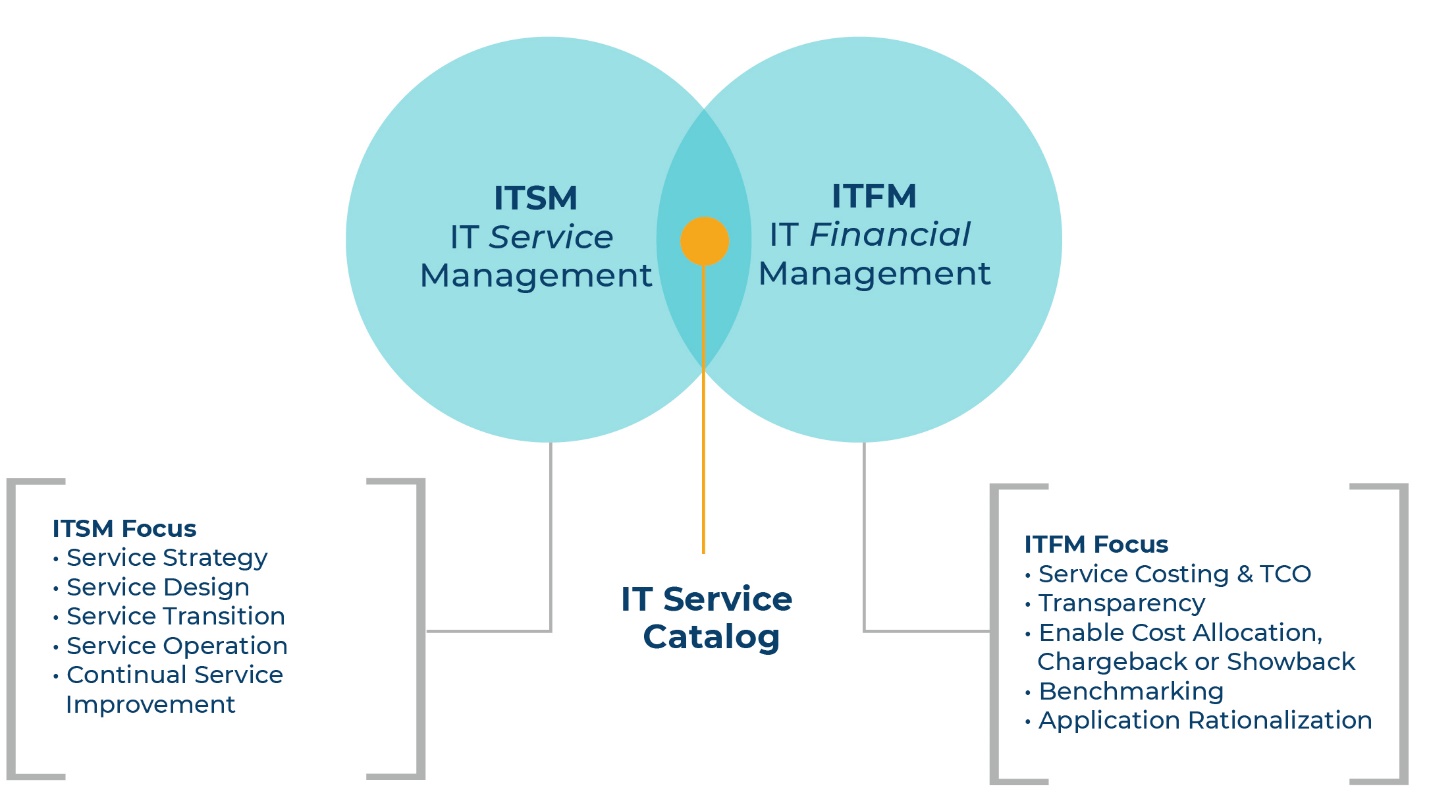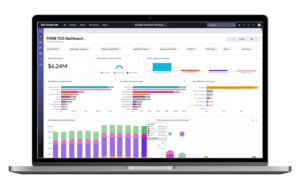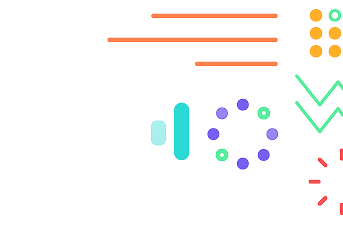The first step in every new cost modeling project is to create a catalog of clearly defined IT services. Your service definitions are crucial and foundation elements, because they lay out each of the cost drivers that must be allocated and measured by the model for every service in your catalog.
More specifically, here are three key reasons why having a sound approach to writing service definitions is so critical:
- Service definitions must be vetted to ensure costs can be measured by finance and consumption can be tracked by IT – both qualifications are mandatory to produce a cost of services, set rates, and bill consumers.
- Consumers should be able to use service definitions to fully understand cost drivers and levers for control.
- When establishing service definitions, you have a strategic opportunity to drive desired behavior – adoption of new technology, discontinuation of legacy services, and so forth.
Starting from Scratch: Mapping Source Data to Cost Centers
Every service definition starts with high-level cost centers or accounts. This is the first layer that gets mapped to services, which then maps to consumers and apps, then finally to business capabilities.
But in some instances, organizations don’t already have their source GL and AP data mapped to cost centers or accounts.
If this is the case for you, you’ll want to get all that source data cleaned and mapped to before you do anything else – building your first layered view with things like infrastructure, compute, labor, and so forth.
This is a great first step if your organization isn’t ready to build out complete service definitions, or if you’re waiting on leadership approval.
Getting source data allocated to cost centers is a prerequisite you’ll have to satisfy anyway, so your effort won’t be in vain. And with those allocations in place, you’ll be able to hit the ground running once you’re ready to start defining services.
Internal and External Collaboration is Mandatory
IT teams must work closely with one another – and in tandem with their finance counterparts – to write effective service definitions. Otherwise, things can quickly spiral out of control with unmeasurable services, runaway complexity, and a whole host of other preventable challenges.
The graphic below illustrates why the service catalog is a team effort between ITFM and ITSM:

Follow This Simple Service Definition Cheat Sheet
As you begin defining services and building out your catalog, there are several guiding principles you’ll want to keep in mind. Here’s a simple cheat sheet to keep the process on-track:
- Establish an initial definition based on the best data and understanding available.
- Develop strong channels of communication between Finance and IT to ensure service definition viability.
- Ask Finance to ensure costs can be measured (or reasonably allocated) before any new service is defined and added to the catalog.
- Verify that IT can accurately track consumption to evaluate usage and bill customers.
- Include visible cost levers to encourage accountability, guide consumption, and enable change.
- Think about the consumption behavior you want to drive and shape your definitions accordingly.
- Work collaboratively with ITSM teams to make sure services are never deployed without going through the complete vetting process.
Learn More Cost Modeling Best Practices
You can get a deeper look at cost model design, methodology, and strategy in our eBook – A Practitioner’s Guide to Cost Modeling. Inside, you’ll find thorough explanations of other key best practices for success, as well as the tangible use cases and outcomes you can pursue through cost modeling.





